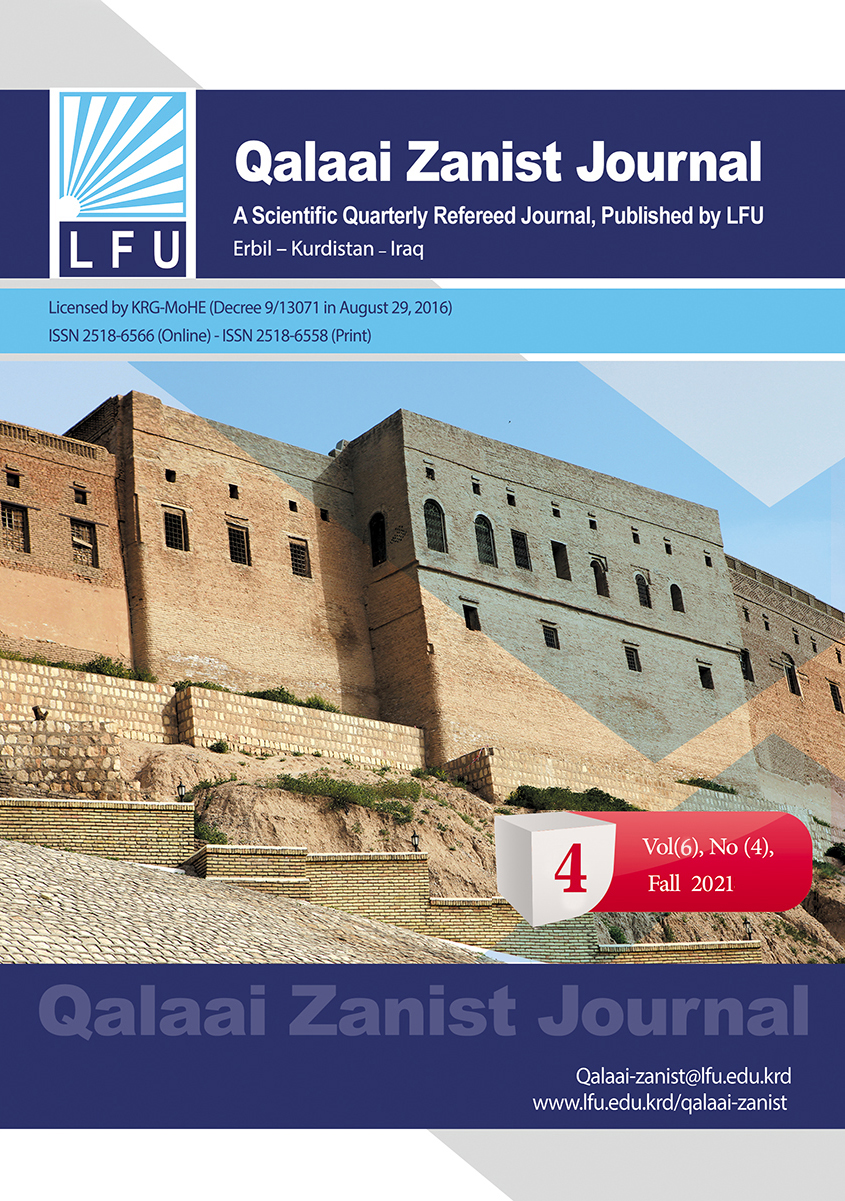Advanced Elements of Public Order in the Context of Administrative Law
##plugins.themes.bootstrap3.article.main##
Abstract
Public order is defined as the vital interests of the state that affect its entity and without which it affects the functioning of the state. Therefore, public order is the foundation upon which the group is based, whether these foundations are political, economic, social, or moral. The characteristic of ambiguity covers the character of the idea of public order, and this ambiguity makes it difficult for individuals to abide by the limits of public order. The matter may also escape from the control of administrative control without knowing which of these elements are considered among the components of public order. It may lead to the administration’s abuse of its authority by placing restrictions on the freedom of individuals on the pretext of their violation of public order. The ambiguity may be deliberate in part for the authority to use it as a weapon in his hand when authority sees that it does not fit his own interests. Believing that one of the ways to solve and demystify the ambiguity surrounding the public order is to enumerate the elements of the public order, and the problem is not in the traditional aspects because they are obscured. In contrast, the ambiguity remains about the modern aspects of the public order. Therefore, jurisprudence and the judiciary have put forward modern elements of public order in its material part, including the public economic order, the beauty of elegance and arrogance, and the environmental public order, and its moral aspect that embraces public morals and the protection of human dignity and religious public order.
Downloads
##plugins.themes.bootstrap3.article.details##
How to Cite
Copyright (c) 2021 Muhammed Abdulkarim Sharif، Mariwan Saber Hamad

This work is licensed under a Creative Commons Attribution 4.0 International License.

